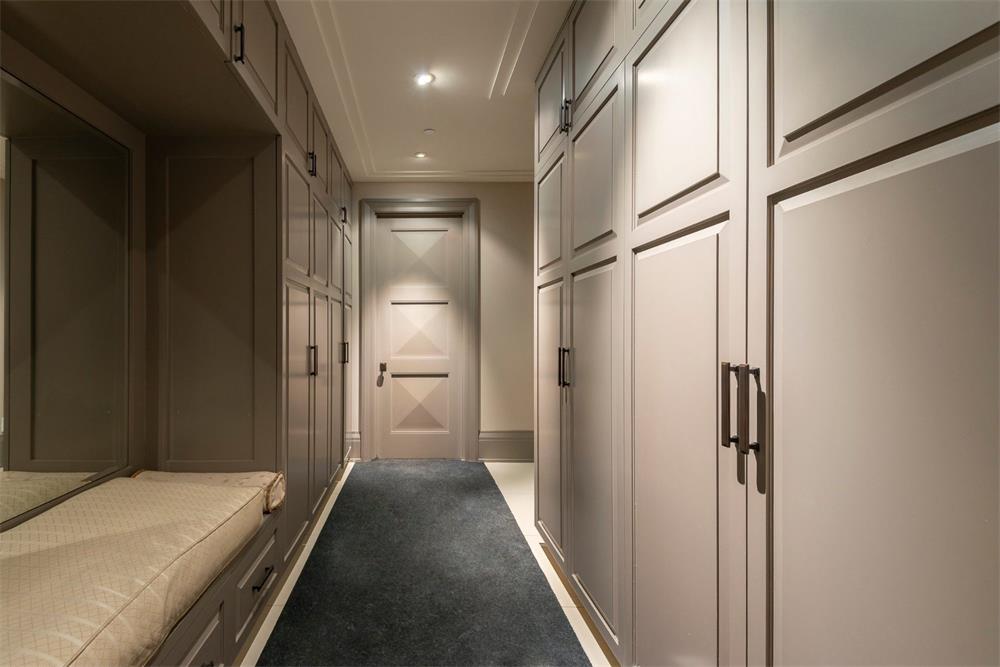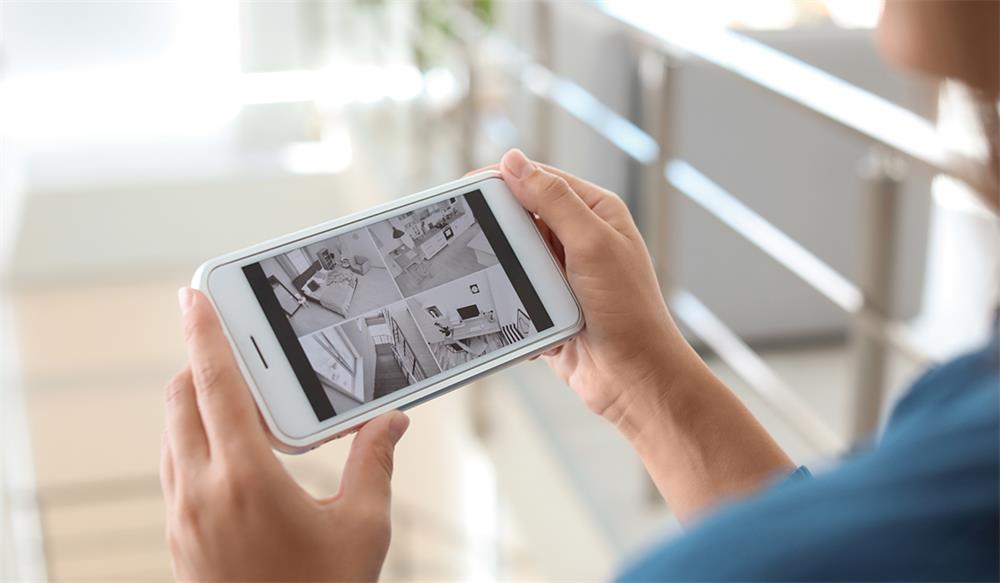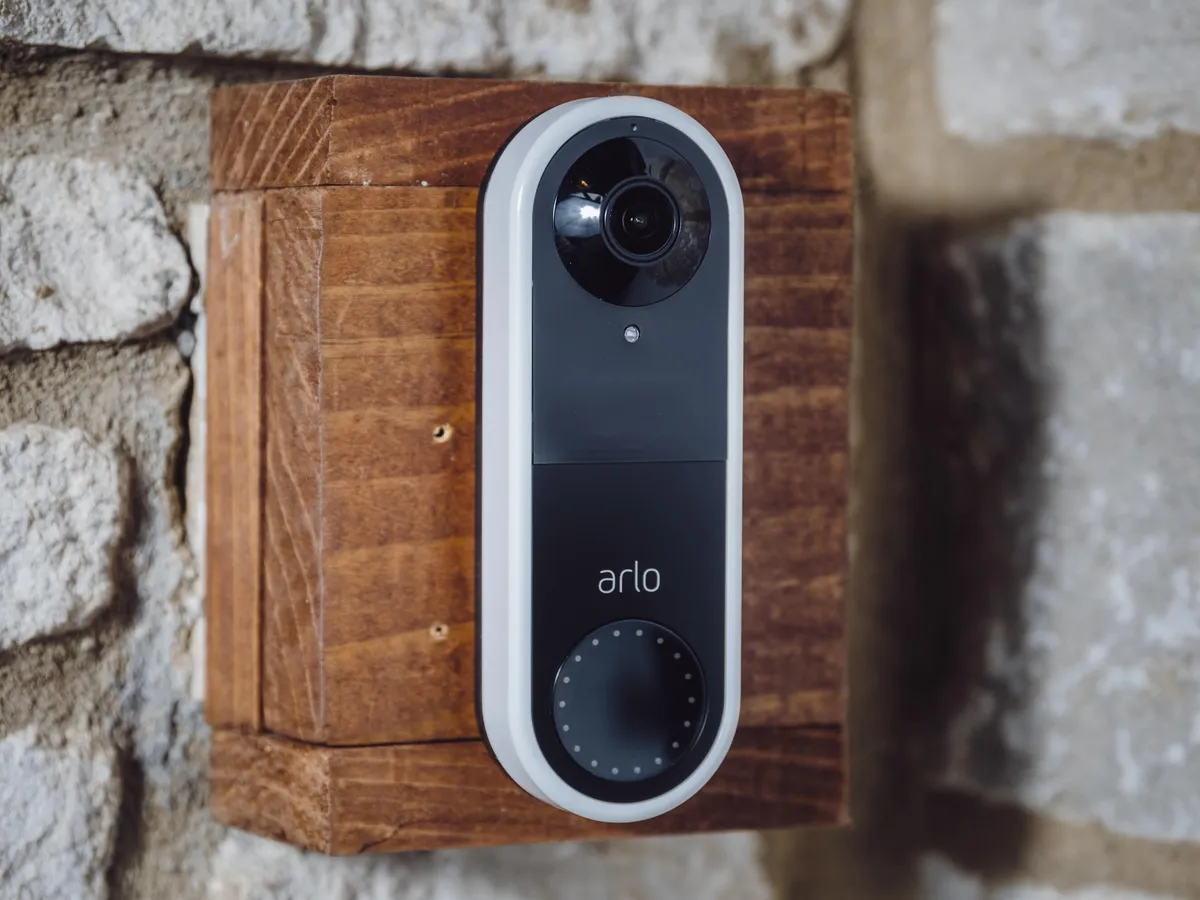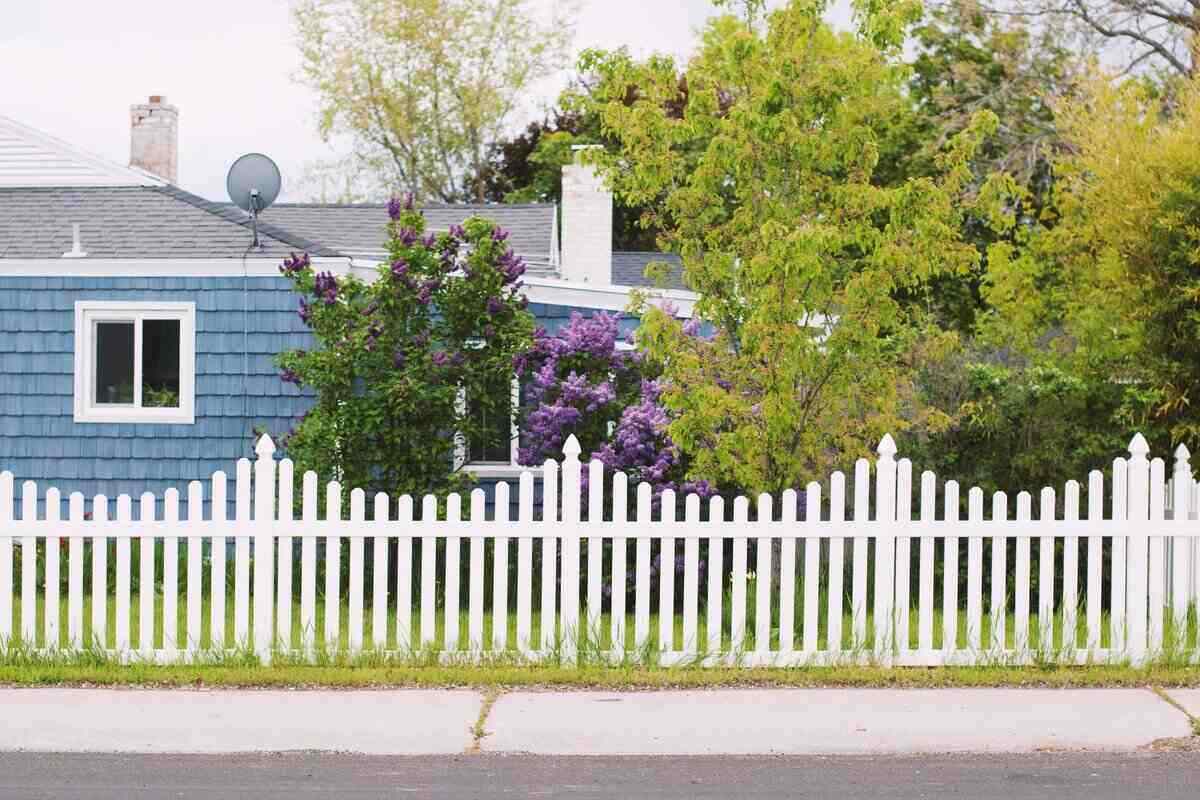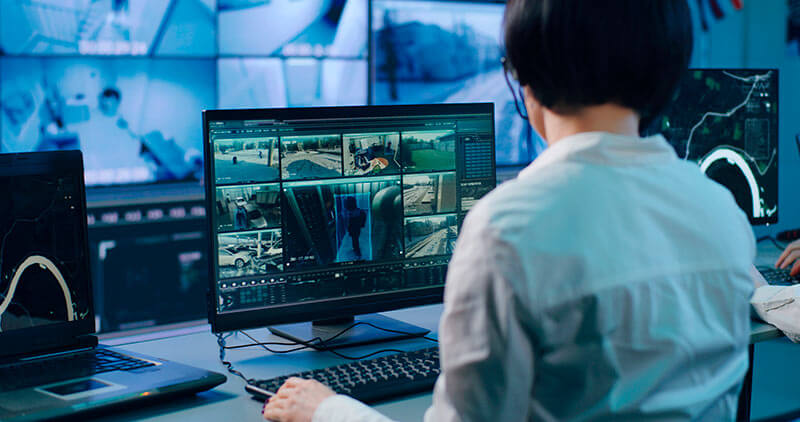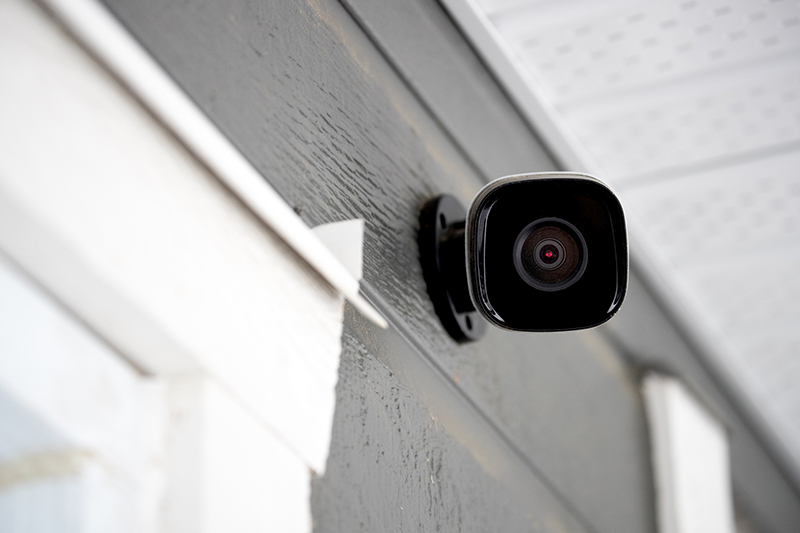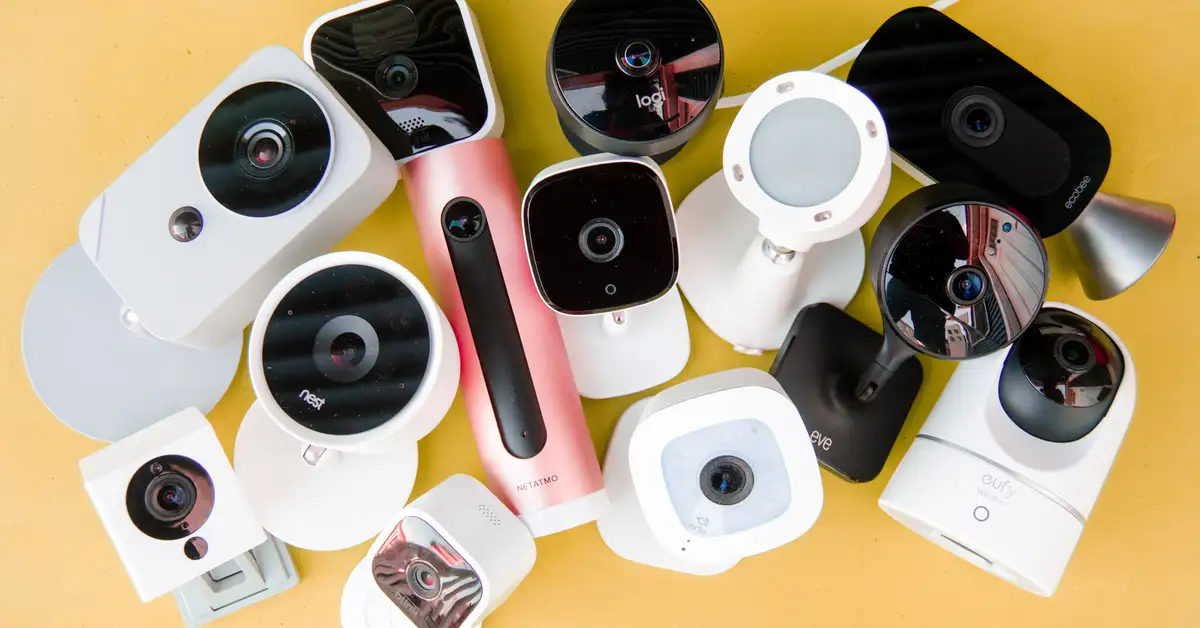Contents
Why Every Home Needs a Safe Room
As we all know, emergencies can happen at any time, and being prepared is crucial. Whether it’s a natural disaster, home invasion, or other life-threatening situation, having a safe room in your house can be the difference between life and death. A safe room is a designated space in your home that is reinforced to protect you and your loved ones from harm.
It’s like having your own personal shelter within your house. The importance of having a safe room cannot be overstated.
In the event of an emergency, every second counts. With a properly constructed safe room, you can have peace of mind knowing that you have a secure place to go until help arrives or the danger has passed.
It also provides you with the ability to store essential supplies such as food, water, medical kits and communication devices so that you don’t have to leave the safety of your secure location. In addition to providing physical safety during an emergency, having a safe room can also provide psychological comfort for yourself and your family members.
The knowledge that you have taken precautions in advance can reduce anxiety during stressful situations. Now that we understand why having a safe room is so important let’s dive into what it takes to create one.
From choosing the right location within your home to stocking up on essential supplies and communication devices – we’ll guide you through every step of creating your own personal haven for emergencies. Remember – being prepared can make all the difference – so let’s get started!
Choosing the Right Room
The Importance of Choosing the Right Room for Your Safe Room
The first step in creating a safe room is to choose the right room. It’s important to consider factors such as accessibility, size, and proximity to utilities when choosing a location for your safe room. You want to choose a room that will be easily accessible during an emergency but also provides adequate protection.
Identifying the Best Location for Your Safe Room
The best location for a safe room is typically an interior room on the ground floor of your house. This can be a bathroom, closet or even a spare bedroom. The key is that it should be easy to reach without having to go outside or upstairs during an emergency.
If you have a basement in your house, this can be an ideal location as it provides added protection from severe weather conditions such as tornados or hurricanes. However, if you live in an area prone to flooding, avoid using basements altogether.
Consider Accessibility and Size of the Room
It’s important to choose a room that is big enough for all family members or housemates. The size will depend on how many people you are planning to accommodate and how long you will need to stay in the safe room.
Accessibility should also be considered when choosing the best location for your safe room. If you have elderly people living with you or family members with disabilities, make sure the chosen space is easily accessible by everyone.
Proximity To Utilities Is Important
When choosing where to create your safe space, consider its proximity to utilities such as water and electricity supplies. You don’t want your selected area too far away from these facilities because in case something happens and they get disconnected during emergency times; it may render staying there useless. By considering these factors while choosing where your safe space would be, you can ensure that it will provide adequate protection and be easily accessible in the event of an emergency.
Reinforcing the Room’s Structure
Why Reinforcement Is Important
The walls, ceiling, and door of your safe room need to be reinforced because they need to withstand the force of severe weather conditions or intruders trying to enter. The last thing you want is for your safe room to collapse or break open during an emergency situation. That’s why it’s important to make sure that every aspect of your safe room is strong enough to protect you and your loved ones.
Materials Needed for Reinforcement
There are a few materials you will need in order to reinforce your safe room. One essential material is plywood, which can be used on both the walls and ceiling.
You’ll also need steel braces, which can be used to support the plywood panels. Other materials include lag bolts, screws, washers, and construction adhesive.
Reinforcing Walls
To reinforce the walls of your safe room, first remove any drywall or other wall coverings so you can access the studs behind them. Then attach plywood panels over the studs using construction adhesive and lag bolts with washers. Make sure the panels fit snugly against each other and are securely fastened.
To further strengthen the walls, add steel braces between each panel at about every 24 inches apart. These braces should be screwed into both panels on either side of them using deck screws.
Reinforcing Ceiling
To reinforce the ceiling of your safe room, attach plywood panels directly onto joists using construction adhesive and lag bolts with washers at about every 12 inches apart. Again, make sure that all seams fit snugly together before fastening them securely. Add steel braces horizontally across each panel between joists spaced every two feet apart using deck screws.
Reinforcing Door
The door of your safe room is just as important as the walls and ceiling. You can reinforce it by installing a solid wood or metal exterior door that is at least 1-3/4 inches thick.
Make sure to use heavy-duty hinges that are screwed into the studs, not just the door jamb. Finish off by adding a deadbolt lock with a reinforced strike plate, which will provide extra strength and security.
Remember to test all locks and hinges thoroughly before considering the room complete. By following these steps, you can ensure that your safe room is strong enough to protect you and your family during an emergency situation.
Stocking Up on Supplies
What Should You Store in Your Safe Room?
Now that you have identified the perfect room for your safe haven, it is time to start stocking up on essential supplies. In the event of an emergency, you want to make sure that you have everything you need within reach. Here are some items that should be stored in your safe room:
Food and Water
Storing food and water is essential because these basic necessities can keep you alive during an emergency. It is important to store non-perishable food items such as canned goods, granola bars, and crackers.
You should also store enough bottled water for every person who will be using the safe room. A good rule of thumb is to have enough supplies for at least three days.
First Aid Kit
A first aid kit should always be readily available in case of any injuries or accidents during an emergency situation. The kit should include things like bandages, gauze pads, adhesive tape, scissors and antiseptic wipes.
Flashlight and Radio
In emergencies where there may be a power outage or other communication disruptions having a flashlight and radio can provide vital information about what’s happening outside the safe room. Make sure these devices are fully charged beforehand so they function properly when needed most.
Sanitation Supplies
Other essentials include sanitation supplies such as wet wipes, hand sanitizer, paper towels and toilet paper. These items will help ensure cleanliness inside your safe room while keeping germs at bay.
The Importance of Checking Your Supplies Periodically
It’s important to check your supplies periodically ensure they are still functional when needed most. Food expiration dates may come up quicker than expected so it’s wise to rotate any perishable items into your regular use if they haven’t been used.
Also, make sure that your flashlight and radio devices are fully charged to avoid any surprises when an emergency strikes. By making a checklist of all the items you need for your safe room and regularly updating it, you can rest assured that you will be prepared for any emergency situation.
Installing Communication Devices
Connecting with the Outside World
In case of an emergency, it’s essential to stay connected with the outside world. Communication devices such as phones and radios can help ensure you are up to date on the latest information and can call for help if needed.
To install these devices in your safe room, you have a few options. One option is to set up a landline phone that is separate from your main line.
This phone should be connected to its own jack and line, so it remains functional even if your main phone line goes down. Another option is using a cell phone booster or signal extender that amplifies cellular signals within your safe room.
For radio communication, consider investing in a NOAA weather radio that can receive emergency alerts and updates. You could also use a CB radio or two-way radio system to stay in touch with those outside the safe room.
Making Sure They Work
Once you’ve installed communication devices in your safe room, it’s important to make sure they remain operational during an emergency. Test them regularly to ensure they are functioning correctly.
For phones, check that there is a dial tone and test out calling someone from inside the safe room. For radios, check their batteries or charging cords regularly and test out receiving signals from various channels.
It’s also essential to have backup power sources for these devices in case of a power outage. Consider investing in portable chargers or batteries that can be charged ahead of time and used when needed.
Other Tips for Communication Devices
Additionally, there are several other tips you should keep in mind when installing communication devices in your safe room: – Keep emergency contact numbers written down near any phones as well as stored electronically on any cell phones.
– Make sure all family members know how to use the communication devices. – Have spare batteries or chargers on hand in case of an emergency.
– Consider investing in a solar-powered charger or a hand-cranked radio for times when there is no electricity. By following these tips, you can stay connected with the outside world and get the help you need during an emergency while inside your safe room.
Practicing Emergency Drills
Why Practicing Emergency Drills is Crucial
Creating a safe room is important but without practicing emergency drills, it won’t be effective. Practicing emergency drills with your family members or housemates can help to ensure that everyone knows what to do in case of an emergency.
Through these drills, you can identify any weak points and address them. The reality is that emergencies don’t happen according to a script, and you may not have the luxury of time during an actual emergency to figure things out.
Therefore, practicing emergency drills helps you prepare for the unexpected. It also helps your family members or housemates remain calm during an actual emergency.
Suggestions on What to Include in These Drills
1. Fire Drill: The first drill that everyone should know how to do is a fire drill. It’s essential to have at least two escape routes from every room in the house, including the safe room. During this drill, identify and practice using both escape routes from each room.
2. Lockdown Drill: The lockdown drill is essential if there’s an intruder or active shooter situation in your home. Practice how everyone will get into the safe room without anyone getting injured.
3. Power Outage Drill: A power outage can occur during an emergency; thus, practice navigating through the dark space with flashlights and other backup lighting sources.
4. Natural Disasters Drill: If natural disasters like tornadoes are common in your area, it’s important to practice taking cover in your safe room quickly.
Conclusion
Creating a safe room isn’t enough; practicing emergency drills should also be included for everyone’s safety in case of emergencies. Identify all possible scenarios that could occur and tailor the drills around them; it will help you identify weaknesses and correct them before they cause harm. Remember, it’s better to be prepared and not need it than to need it and not be prepared.
Conclusion
Creating a safe room in your house is an important step towards ensuring the safety of yourself and your loved ones during emergencies. By following the steps outlined in this article, you can create a safe room that will give you peace of mind knowing that you have a secure location to go to when disaster strikes. In order to create an effective safe room, it is important to choose the right location within your house.
Ideally, the safe room should be located on the ground floor, near your home’s utilities and away from exterior walls. Reinforcing the walls, ceiling and door of the room with sturdy materials such as steel or concrete will also help protect you during emergencies.
Stocking up on essential supplies such as food, water, first aid kit, flashlight and radio is also crucial for ensuring that you have everything you need in case of an emergency. Additionally, installing communication devices such as phones or radios will allow you to stay connected with emergency services and family members.
Practicing emergency drills with family members or housemates is a key component of creating a safe room. By regularly rehearsing what to do in case of an emergency, everyone in your household will be better prepared if disaster ever strikes.
Remember that creating a safe room is just one step towards ensuring your overall safety during emergencies. It’s important to also have an overall emergency plan for your household including evacuation routes and meeting places outside of your home.
Together these steps can help keep you and your loved ones safe during unpredictable situations. So take action today and start creating your own safe room!

